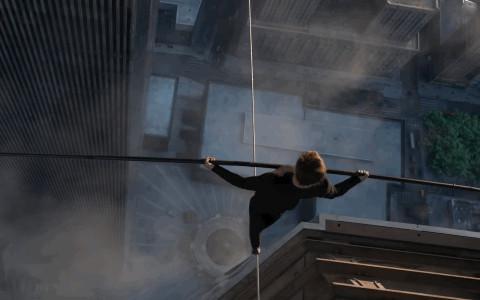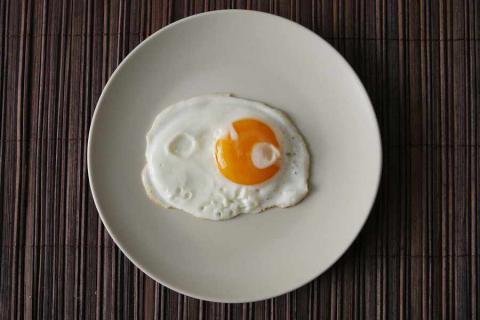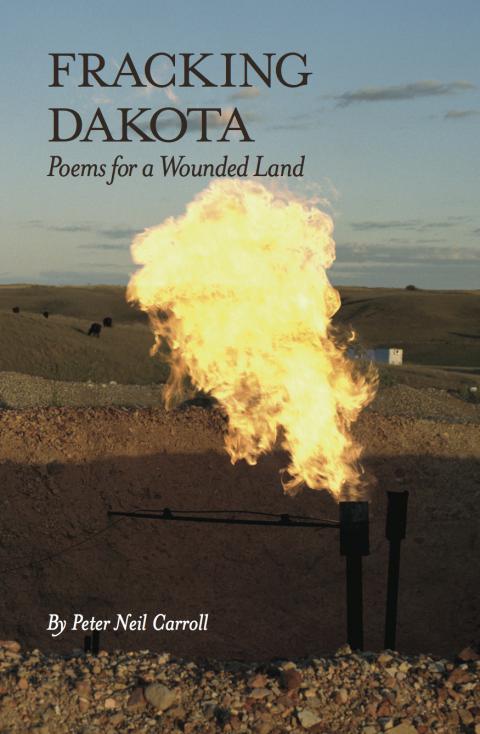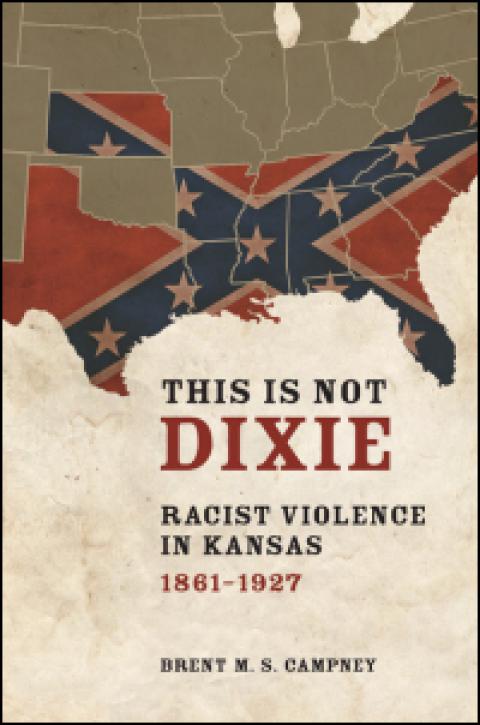Back in Black: The Coming Cat-Scratch Repeat Over Martin Heidegger
Inside Higher Ed

Scott McLemee predicts another round of slamming/defending Nazi-tool philosopher Martin Heidegger with the forthcoming English publication of his The Black Notebooks...l'affaire Heidegger has been recycled on at least three or four occasions. It's as if the shock of the scandal was so great that it induced amnesia each time. Trashing Heidegger distracts us from our own appalling national stupidities and our galling national avarice -- our own little darkenings.








Spread the word